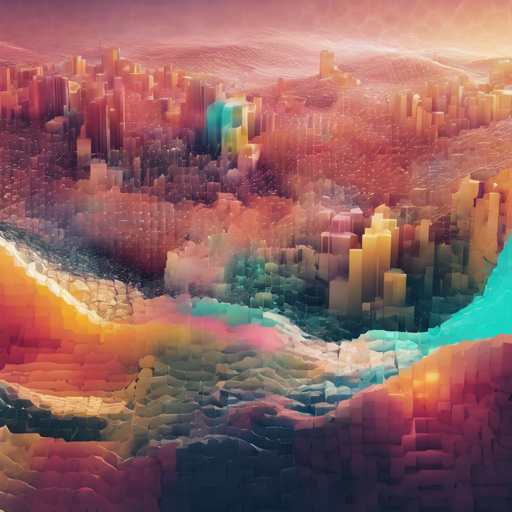In the realm of artificial intelligence, generating images has become a fascinating topic, especially with tools like the Diffusers library. This blog post will guide you through the steps to create images using the Diffusers library along with the EURECOM dataset. We’ll break it down step-by-step in a user-friendly manner, while also equipping you with troubleshooting ideas for any hiccups you may encounter.
Step 1: Setting up Your Environment
First things first, we need to install the necessary packages. You can do this effortlessly with Python’s package installer, pip. Open your terminal or command prompt and enter the following command:
!pip install diffusersStep 2: Importing Required Libraries
Now that the Diffusers library is installed, let’s import the essential libraries in our Python script:
from diffusers import DiffusionPipeline
import torchStep 3: Setting Up Device
Next, we’ll want to determine the device (GPU/CPU) that the model will utilize. Think of it as choosing the right tool for the job—if you have a powerful GPU, you’ll want to make use of it!
device = torch.device("cuda" if torch.cuda.is_available() else "cpu")Step 4: Loading the Model
Here, we’ll load the 3D shapes model using its unique model ID. Consider this step as calling up the artist that will create our masterpiece:
model_id = "eurecom-dsscoresdeve-ema-3dshapes-64"
pipe = DiffusionPipeline.from_pretrained(model_id, trust_remote_code=True)
pipe.to(device)Step 5: Generating the Image
To create your beautiful image, you’ll need to run the pipeline in inference mode. This step involves sampling random noise and denoising it to form the final image. Picture this as sculpting a block of marble: you start with a rough shape and refine it into a stunning sculpture:
generator = torch.Generator(device=device).manual_seed(46)
image = pipe(generator=generator, batch_size=1, num_inference_steps=1000).imagesStep 6: Saving Your Artwork
Finally, once your stunning image is generated, you can save it to your local directory. This is akin to framing your art after creating it:
image[0].save("sde_ve_generated_image.png")Troubleshooting Common Issues
- Issue: ImportError when trying to import DiffusionPipeline.
- Solution: Ensure that you have installed the diffusers library correctly. You may need to restart your Python environment after installation.
- Issue: CUDA out of memory error.
- Solution: Try reducing the batch size or the number of inference steps.
- Issue: Unable to load the model ID.
- Solution: Verify your model ID and ensure it is correct. Check if the model is still available on the server.
- For more insights, updates, or to collaborate on AI development projects, stay connected with fxis.ai.
At fxis.ai, we believe that such advancements are crucial for the future of AI, as they enable more comprehensive and effective solutions. Our team is continually exploring new methodologies to push the envelope in artificial intelligence, ensuring that our clients benefit from the latest technological innovations.

